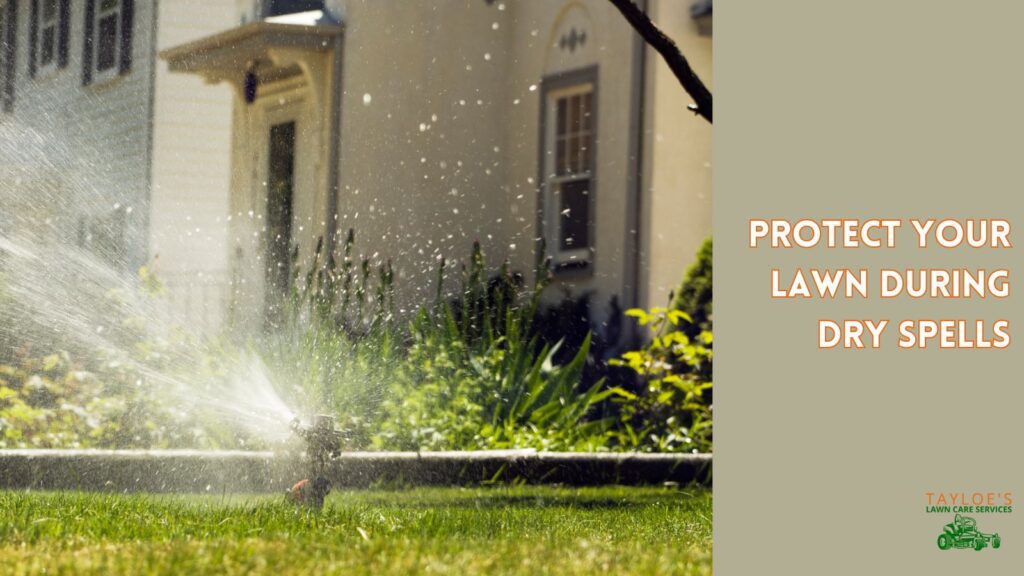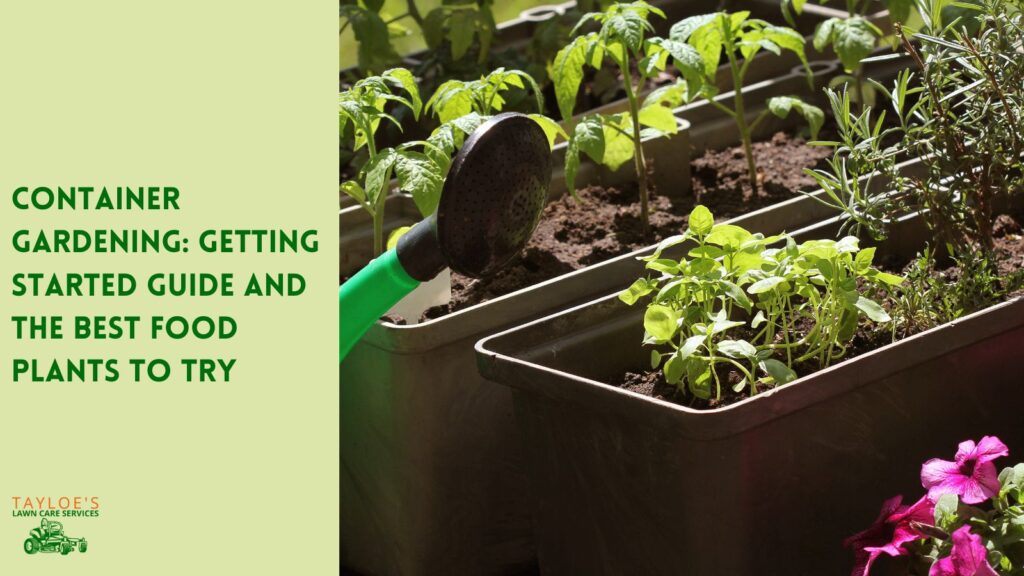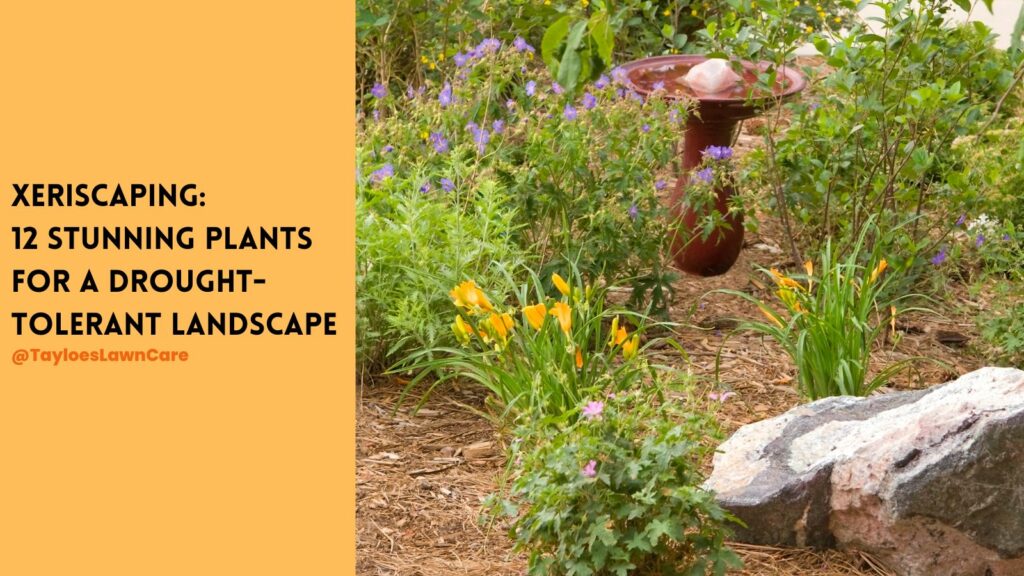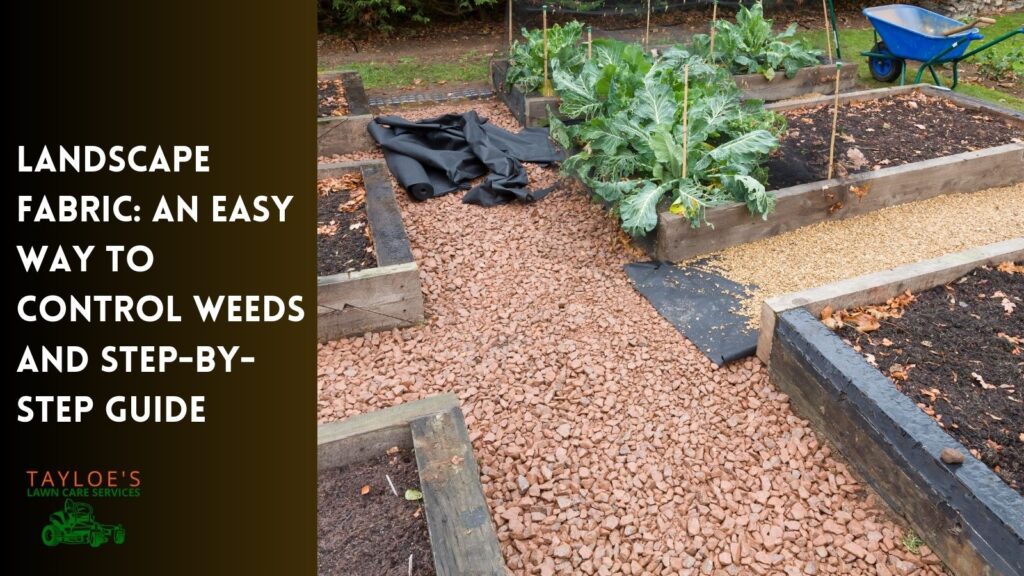Last Updated on: 26th July 2024, 04:33 pm
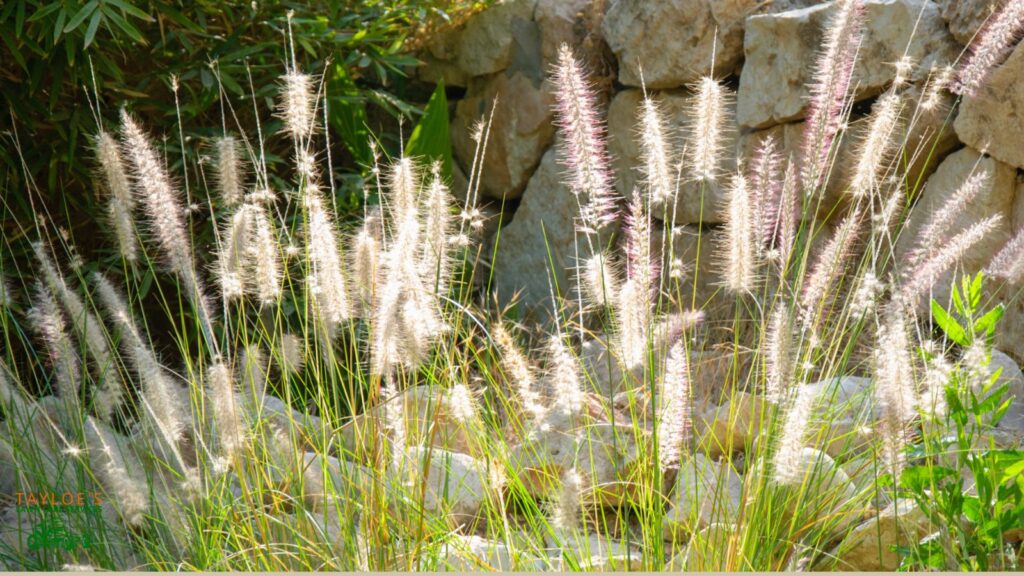
Here’s what you should know about fountain grasses (Pennisetum species).
Fountain grass (Pennisetum spp.) is a perennial ornamental that has captured the attention of landscapers and garden enthusiasts alike. Everyone admires it, thanks to its graceful, flowing appearance and versatility in various garden settings.
They are native to the warm regions of Africa, southern Asia, and Australia. While not a native North American plant, this grass is now well-naturalized and one of the continent’s favorite perennials.
Fountain Grasses: Summer Greenery, Fall Foliage, and Winter Interest
Its mound-forming clump of foliage distinguishes the looks of these ornamental grasses. Growth begins in the early spring, and the striking, brush-like spikes or fuzzy flower plumes appear in mid-spring through early summer and last into the early fall. The plumes provide color and movement to the landscape and need little maintenance. They are cold-hardy but turn brown (dormant) when the temperatures turn cold. Still, they are lovely in the late fall and winter, their seeds and seed heads feeding backyard friends. You might spot winter birds or a little bunny taking refuge from the cold.
Pennisetum Grasses: What You Should Know About the Pennisetum Genus
The genus Pennisetum encompasses a diverse group of grasses known as fountain grasses. These grasses are valued in landscaping for their attractive foliage and distinctive flower spikes. This genus includes several species.
Within the Pennisetum genus, species vary widely in size, color, and climatic preferences.These grasses generally share common features such as cylindrical flower spikes and a fountain-like arch of slender leaves, making them a visually striking addition to any garden setting.
Pennisetum Setaceum – Crimson Fountain Grass
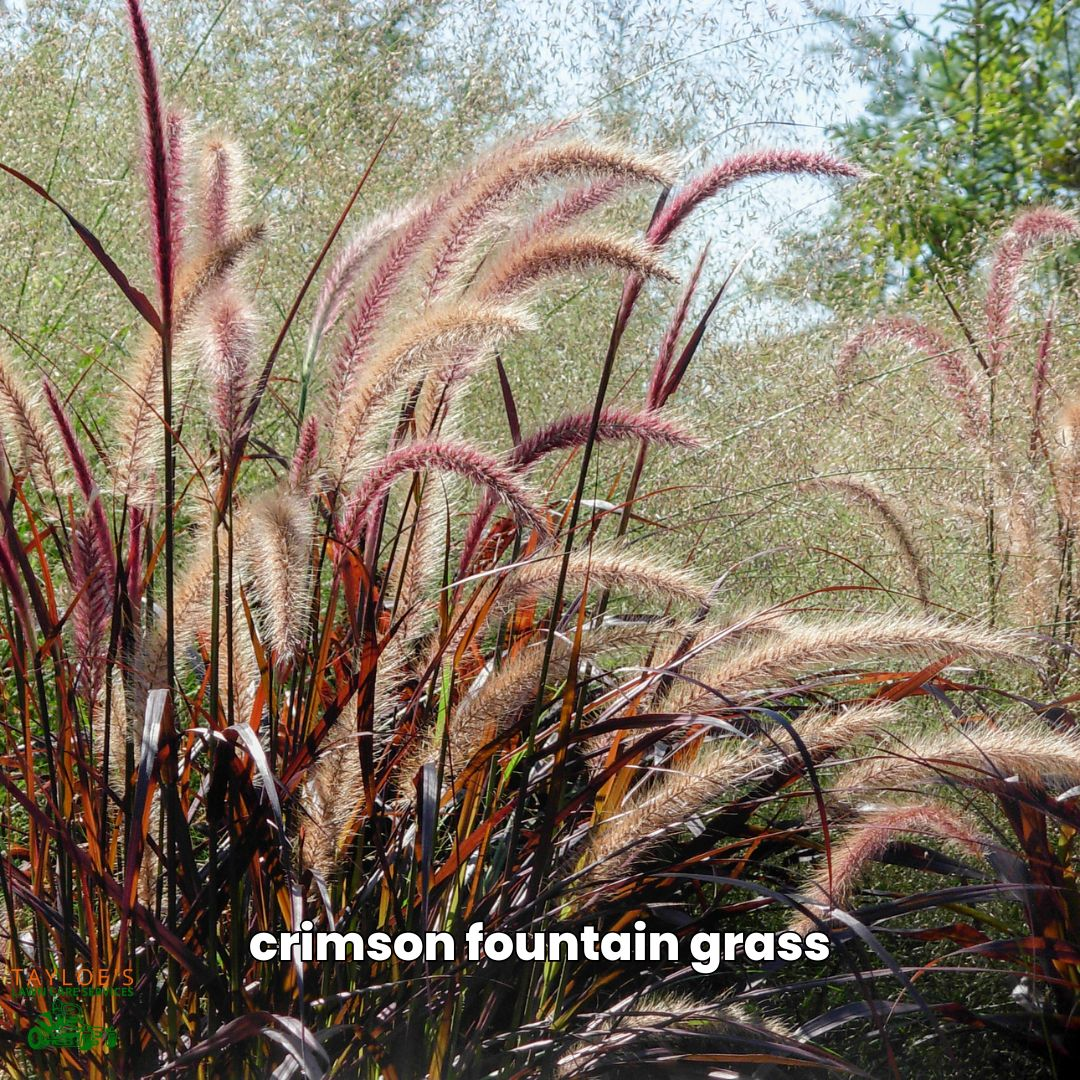
Pennisetum setaceum, commonly known as Crimson Fountain Grass, is renowned for its vibrant pink-reddish-maroon inflorescences that burst into color in late summer. It thrives in warm climates and is often used for its dramatic texture and color in rock gardening and borders. However, it is important to note that in some regions, P. setaceum is considered invasive. Thus, it requires careful management to prevent unwanted spread.
Pennisetum Orientale
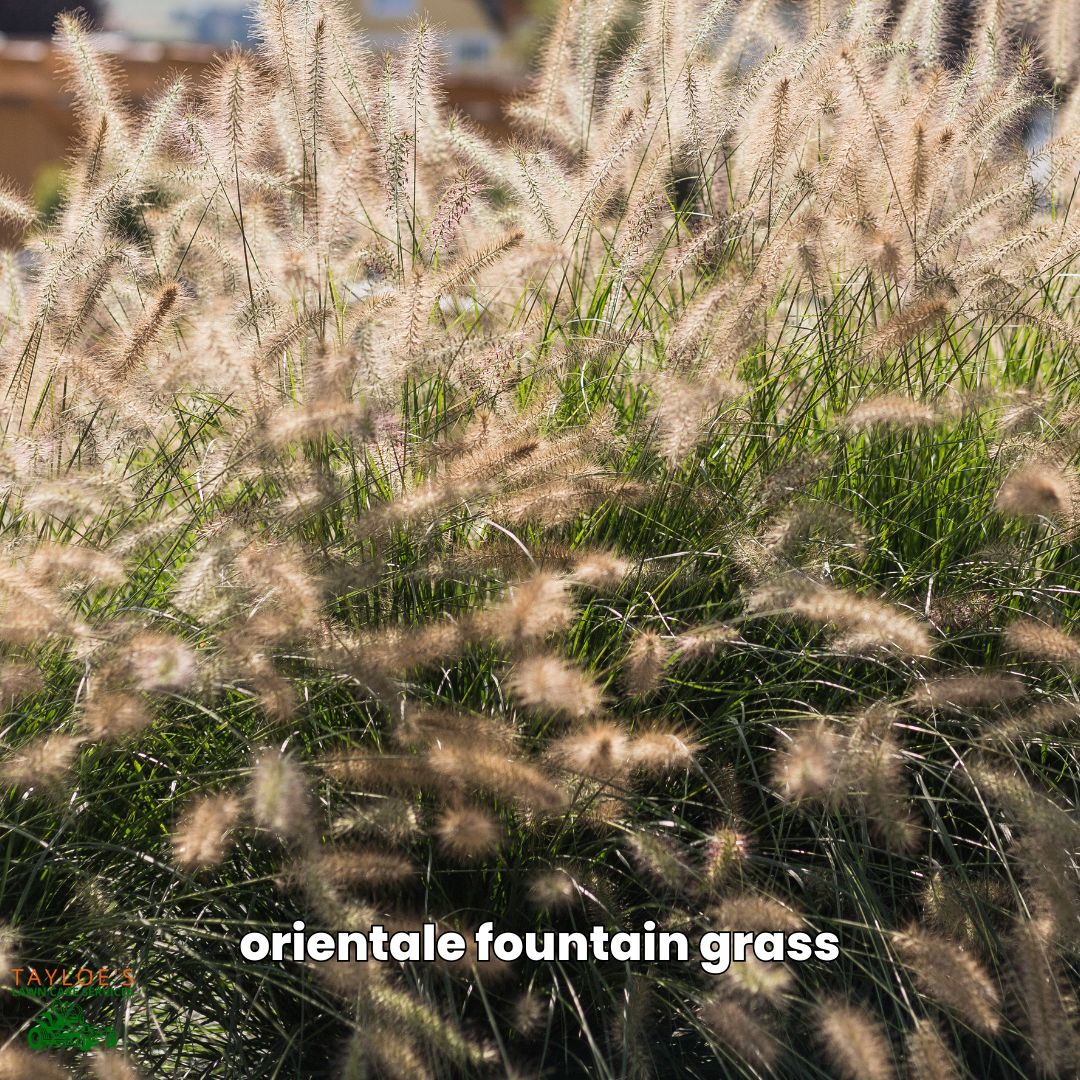
Pennisetum orientale is appreciated for its soft, feathery flower spikes that gently sway with the slightest breeze. Its more restrained growth habit or fountain grass orientale makes it an excellent choice for smaller gardens. It can also be a delicate accent in floral arrangements and group plantings.
Pennisetum Villosum – Feathertop Grass
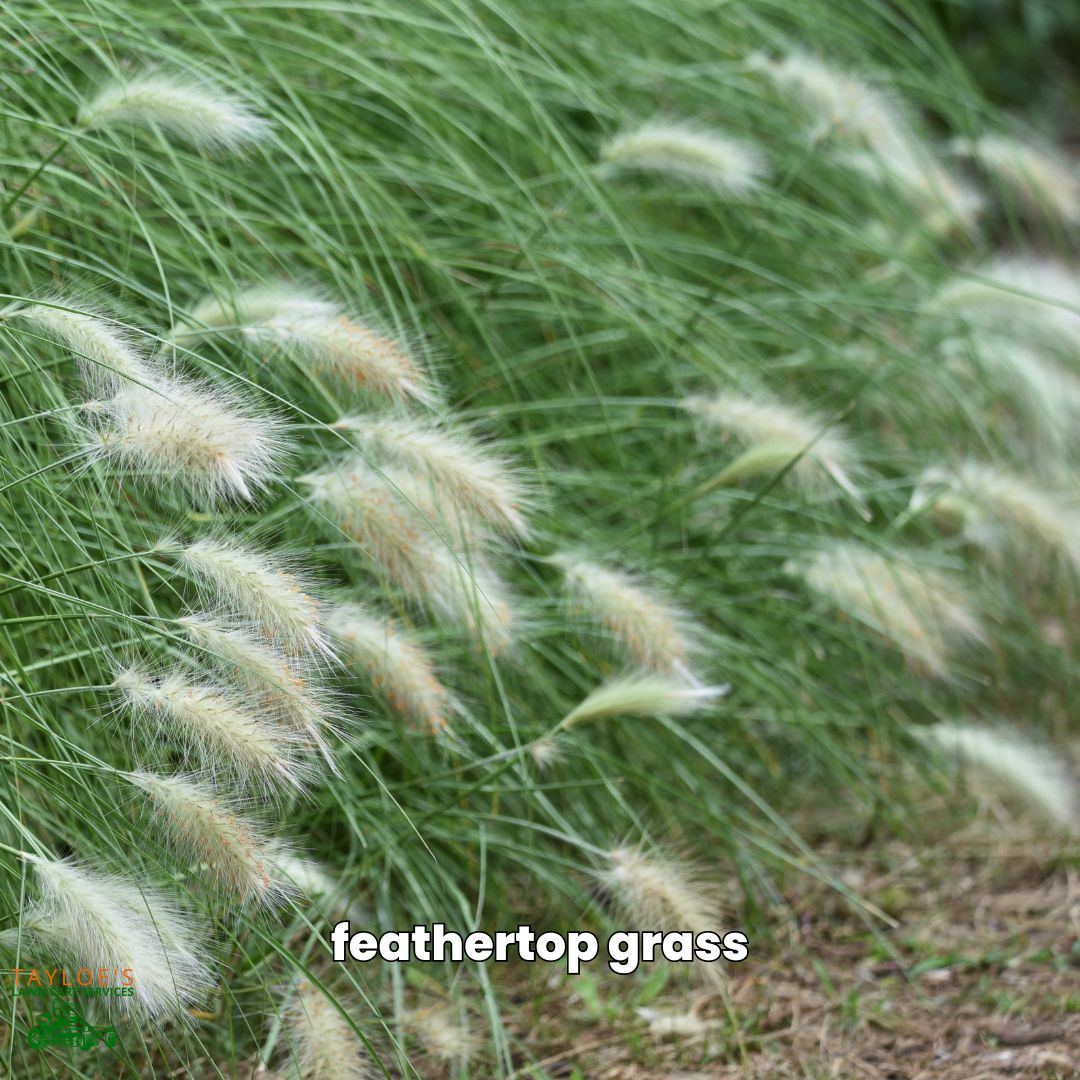
Feathertop Grass, Pennisetum villosum, features fluffy, white, highly textured flower spikes that resemble soft bottle brushes. This species is especially valued for its ability to add lightness and contrast to dense, dark-green plantings.
Pennisetum Alopecuroides – Swamp Fountain Grass
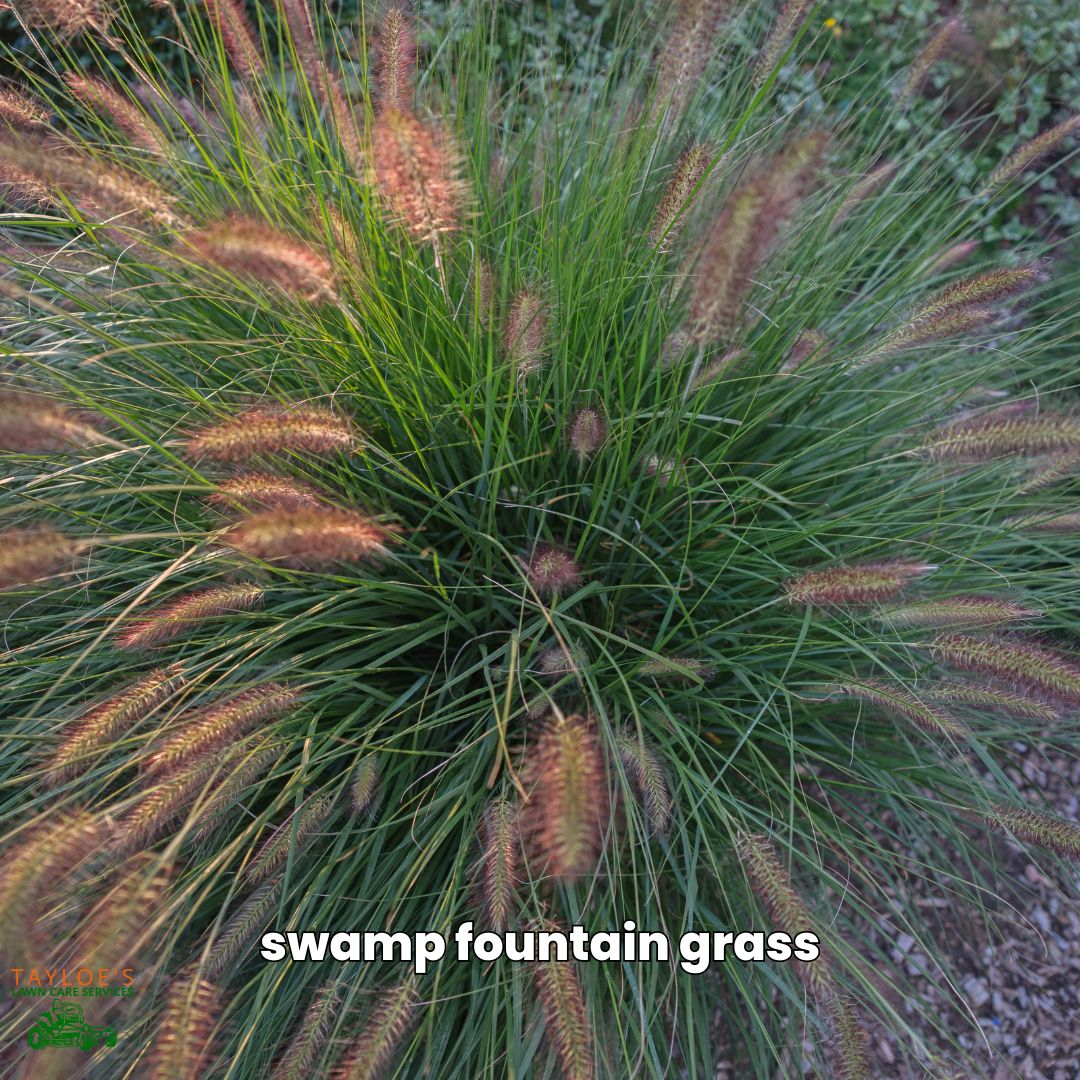
Pennisetum alopecuroides, or Swamp Fountain Grass, is adaptable and hardy, known for its lush, arching green leaves and late spring-to-fall blooming period. Pennisetum alopecuroides is particularly effective in mass plantings, a robust, low-maintenance ground cover.
Pennisetum ‘Etouffee’
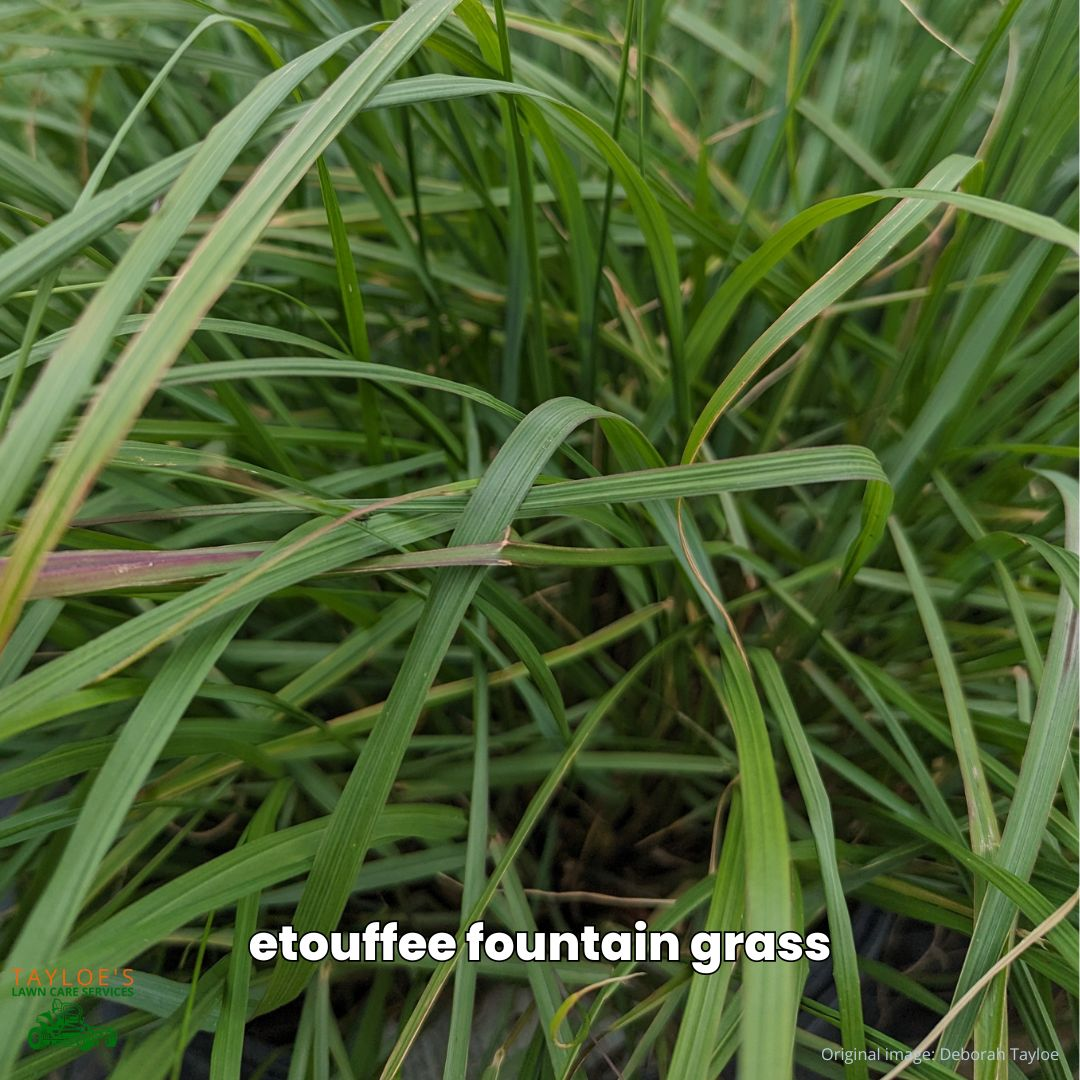
Next, let’s look at a lesser-known but intriguing variety. Pennisetum ‘Etouffee’ is notable for its robust growth and striking, fluffy inflorescences that add a unique texture to the landscape. It does not self-seed. This cultivar is a recent addition to the fountain grass family, showing great promise for both residential and commercial landscapes.
Pennisetum Setaceum ‘Rubrum’ – Purple Fountain Grass
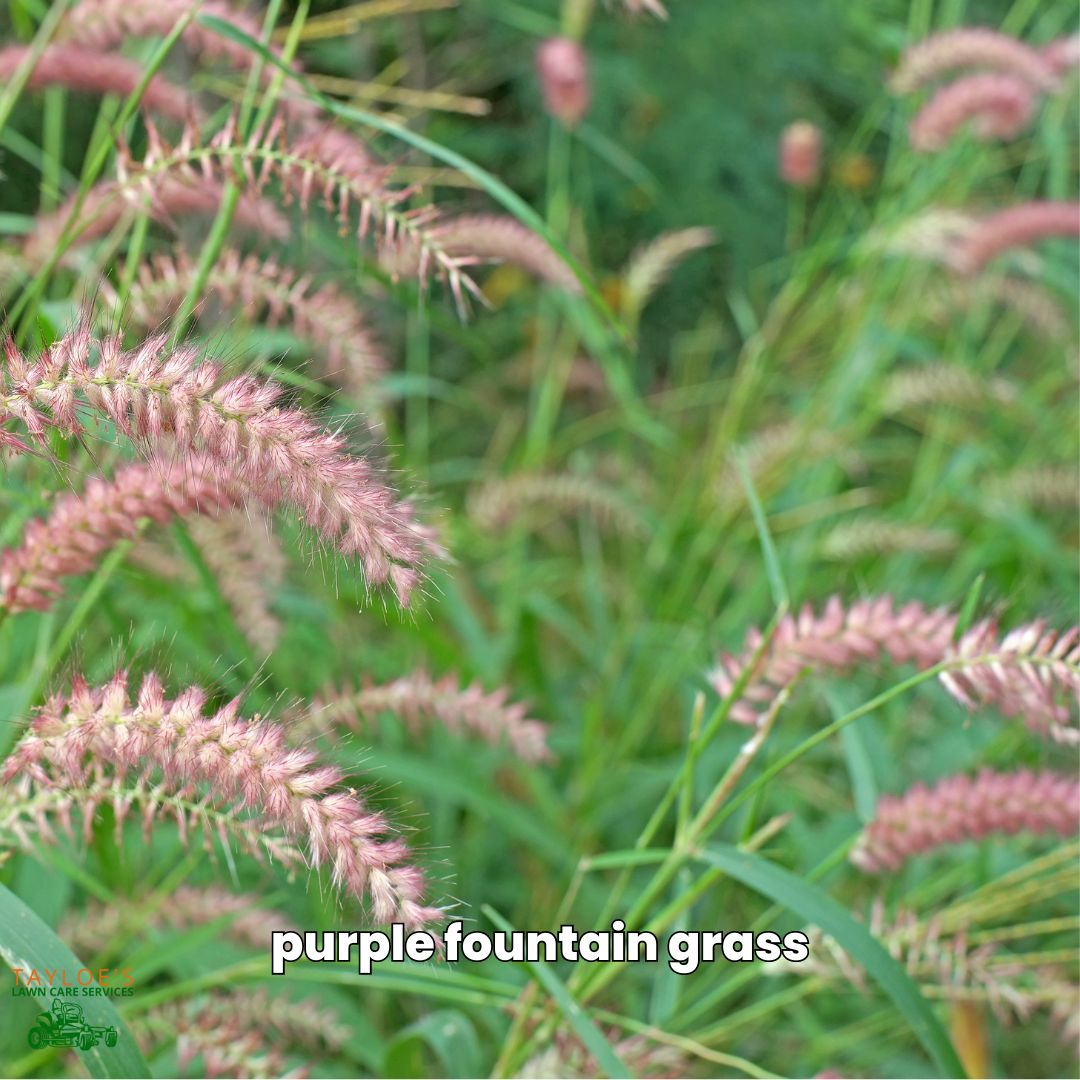
Pennisetum setaceum ‘Rubrum’, commonly known as Purple Fountain Grass, is a popular ornamental grass celebrated for its striking burgundy leaves and rose-tinted plumes. This cultivar stands out with its rich, deep coloration that intensifies under full sunlight, making it a vibrant focal point in any garden design.
Purple Fountain Grass is a warm-season grass that prefers full sun to achieve its best color. It typically grows to about 3 to 4 feet in height and spreads just as wide, forming dense, mounded clumps. The purple flower spikes are perfect for borders, container gardens, or as a dramatic backdrop in mixed beds. The grass’s flowering foliage and feathery spikes move gracefully in the summer breeze.
Pennisetum Purpureum – Elephant Grass
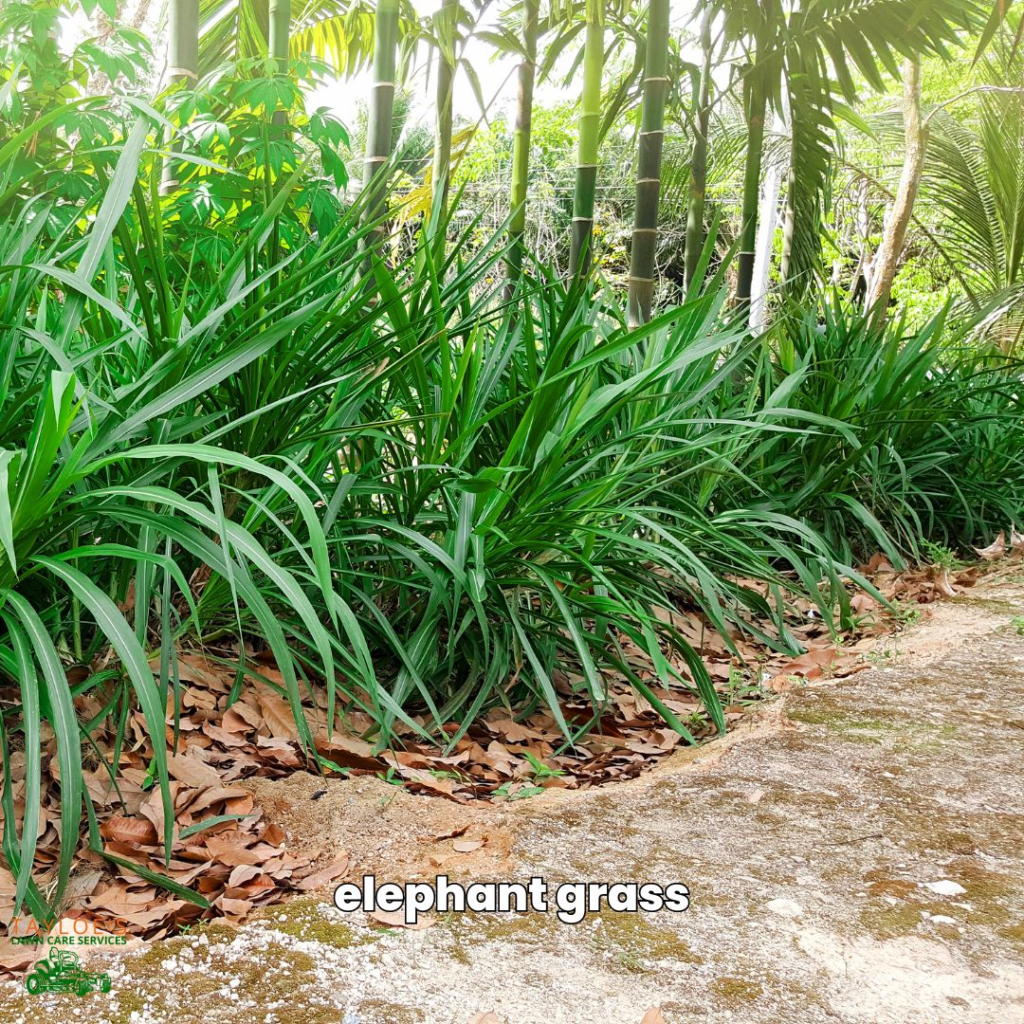
Often referred to as Napier grass or Uganda grass, elephant grass is a tall, perennial grass native to the grasslands of Africa. It is widely used in tropical regions of the United States for its robust growth and multiple uses. Its uses include forage for livestock, bioenergy production, and erosion control due to its dense root system. Unlike many cultivars of ornamental grasses, this one can grow up to 10 feet tall.
Honorable Mention: Pennisetum Glaucum (Pearl Millet)
While not an ornamental grass in the United States, Pearl millet (Pennisetum glaucum) deserves a shout-out. It’s a drought-resistant grain crop grown in Africa and Asia’s arid and semi-arid regions. It adapts to harsh growing environments, thriving where other crops fail. This cereal grain is a staple for millions, providing protein, fiber, and essential minerals. It matures within 70 to 90 days from planting to harvest.
Planting and Caring for These Perennial Grasses
Planting ornamental grasses can add a dynamic and aesthetic element to your garden with their graceful textures and movement. Here’s a step-by-step guide to start growing fountain grasses effectively:
1. Choose the Right Location
Light Requirements: Fountain grasses thrive in full sun, requiring at least six hours of direct sunlight daily. Some species can tolerate partial shade, but they perform best and develop the best color in full sun.
Soil: These grasses aren’t picky about type but prefer well-drained soils. They can tolerate several soil conditions from sandy to clay, but moist and well-draining soil is the key to success.
2. Prepare the Site and Plant
Preparation: Use a spade or a fork to loosen the soil to a depth of about 12 to 15 inches. This will help the seeds or roots penetrate the soil more easily.
Amendments: If your soil is heavy or sandy, mix in compost or aged manure to improve soil structure and fertility.
Spacing: The spacing between plants depends on the specific type of fountain grass and its mature size. Leave 2 to 3 feet between smaller varieties and up to 5 feet for larger types.
Digging the Hole: Dig a hole twice as wide as the root ball but no deeper. The top of the root ball should be level with the surrounding soil surface.
Placing the Plant: Remove the plant from its container and loosen the bound roots. Place it in the hole, ensuring it is standing straight.
Backfilling: Fill the hole with the excavated soil, gently tamping down around the plant to remove air pockets.
3. Watering
Initial Watering: Water the plant thoroughly after planting to settle the soil around the roots and help with initial stress. Make sure the water penetrates well.
Ongoing Watering: Fountain grass is drought-tolerant once established but will benefit from regular watering during its first growing season to ensure it establishes robust roots.
4. Mulching
Apply a layer of organic mulch around the plant, leaving a small gap around the stem. Mulch helps retain soil moisture, suppress weeds, and regulate soil temperatures.
5. Ongoing Care of Ornamental Grasses
Fertilizing: These grasses do not require your help providing food for growth. A light application of a balanced, slow-release fertilizer in the spring can promote healthy growth if needed.
Pruning: In late winter or early spring, cut back the dead foliage to a few inches above the ground to keep the plant looking tidy before new growth starts. This trim will encourage vigorous new growth.
Following these steps, your fountain grasses should become a stunning and resilient addition to your landscape, providing year-round visual interest.
Where to Plant Fountain Grass
Fountain grass in very versatile. It’s beautiful in various garden designs due to its adaptive nature and ornamental appeal. Here’s how to integrate fountain grass into rock gardens, container gardens, and xeriscaping:
Rock Gardens
Fountain grass adds softness and movement to the rigid structures of a rock garden. Its arching, feathery blooms contrast beautifully with the hard edges of rocks and other structural elements of the garden. Here’s how to use it effectively:
Placement: Plant fountain grass behind or between large rocks to create a softer backdrop.
Companion Plants: Pair with low-growing succulents or drought-tolerant perennials that complement the texture and height of the grass without competing for visual dominance.
Care: Ensure that the soil drains well to prevent root rot, which can be a concern in a rock garden.
Container Gardening
Growing fountain grass in containers is an excellent option for patios, balconies, or entryways:
Container Size: Choose a container large enough to accommodate the root ball and allow room for growth. Ensure it has drainage holes.
Soil: Use a well-draining potting mix designed for containers to prevent water retention.
Design: Use fountain grass as a “thriller” in a container arrangement, surrounded by “filler” and “spiller” plants that will cover the base and flow over the edges.
Xeriscaping
Xeriscaping landscaping to reduce or eliminate the need for irrigation:
Grouping: Plant fountain grass with other plants such as sedum, lavender, and Russian sage for water efficiency.
Soil Preparation: If needed, amend the soil with gravel or sand to improve drainage.
Mulching: Mulch retains moisture in the soil, aiding growth.
When planting fountain grass in these settings, consider the mature size to ensure it has enough space to display its natural shape and beauty.
Ready to Enjoy Fountain Grass?
There are hundreds of fountain grass cultivars to try – from pink to red to purple, you’ll certainly find one that will stand up to the mid-summer heat here in North Carolina. This beautiful perennial grass offers a long bloom period and year-round interest. Give it a try!
Author Profile

- Deborah Tayloe is the CEO and co-founder of Tayloe's Lawn Care Services, LLC. She has a B.S.Ed and holds certificates in soil and water management and herbology from accredited programs.
Latest entries
 Trees and ShrubsApril 22, 2025Boxwood Blight: Early identification and isolation
Trees and ShrubsApril 22, 2025Boxwood Blight: Early identification and isolation Flower GardenApril 8, 2025John F. Kennedy Rose: Hybrid tea rose with elegant white blooms
Flower GardenApril 8, 2025John F. Kennedy Rose: Hybrid tea rose with elegant white blooms Vegetable GardenMarch 24, 2025Trellis vegetables provide an abundant vertical garden harvest
Vegetable GardenMarch 24, 2025Trellis vegetables provide an abundant vertical garden harvest GardeningMarch 17, 2025Are coffee grounds good for compost?
GardeningMarch 17, 2025Are coffee grounds good for compost?

